Tens of thousands of flying foxes (a cat-sized version of the fruit bat) have set up camp in the central Sydney Royal Botanic Gardens. By day, they roost in the trees, waking at dusk to seek out seeds, nectar, and fruit, spending the evening hours swooping through the air.
Visitors to the garden flock to see both the historic plants and the famous bats, but their days are numbered. In fact, these bats have now been moved out of the Royal Botanical Gardens
These Grey-headed Flying-foxes (Pteropus poliocephalus) are protected in Australia and are listed as a “vulnerable” species due to depopulations over the last 30 or so years. The huge bats are native and unique to Australia, with wingspans sometimes exceeding 3 feet. They are accompanied by a smaller population of Black Flying-foxes (Pteropus alecto). Although normally nomadic, the flying foxes have been known to set up camp in the Botanic Gardens before, with reports going all the way back to the 1850s. The current bat colony has been in place for 20 years, following a bat colony hiatus of 70 years before that. It is currently estimated that the population is as high as 22,000 bats.
The problem is that the bats are killing the plants. The weight and movement of all these bats shred bark and break tree branches. According to a report from the Botanic gardens Trust, the colony has killed 26 mature trees, 20 palms, and assorted other plants, with another 300 historic trees currently at risk.
As of March 2010, there are plans to relocate the bats, using noise disturbances to discourage them to stay in such a large concentration in the garden. The plan was scheduled to start in the summer of 2010 but has been delayed until 2011 to allow adequate time to tag the animals.
Located directly next to the Sydney Opera House, The Royal Botanic Gardens were established in 1819, one of three major botanical gardens in Sydney. The grounds cover about 75 acres of gardens and include historic specimens including those collected at Botany Bay in 1770 by Joseph Banks. It currently contains over 45,000 plants and more than a million preserved specimens in the Herbarium.
The exotic gardens are very beautiful and a frequent spot to see couples getting married. During the daylight, the bats stay hanging in the trees so you can feel adventuresome but not worry about them flying into your hair.
Know Before You Go
The nearest station is Martin Place. Other stations close to the Royal Botanic Gardens are St James and Circular Quay (where you can take a stroll past Sydney Opera House before entering the Royal Botanic Gardens from the North end). Phone: 61-2-9231 8111
It is free to explore the gardens.








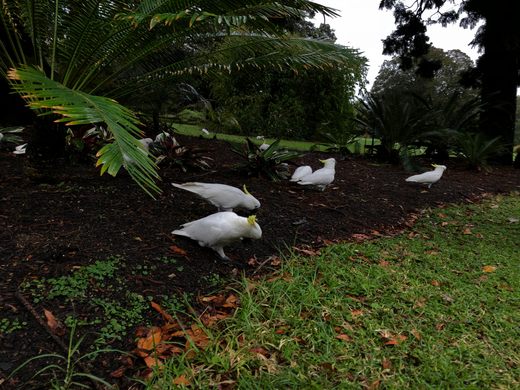
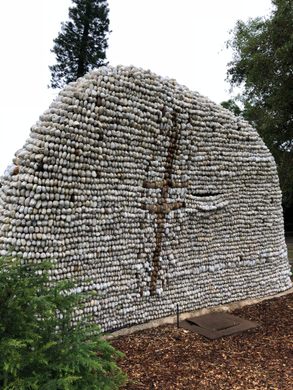


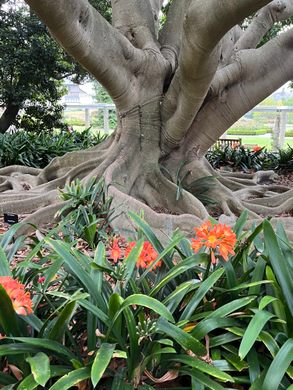

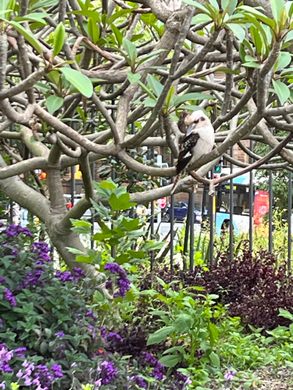













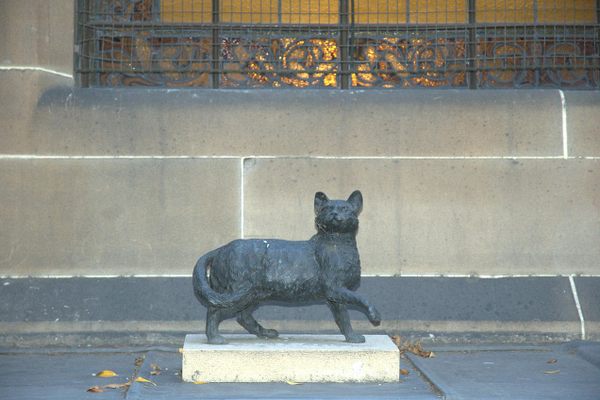

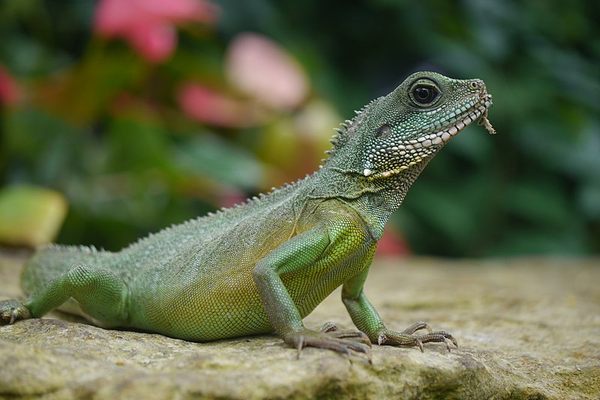
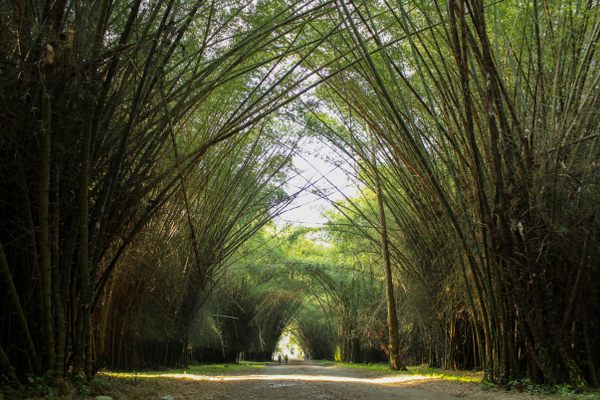


Follow us on Twitter to get the latest on the world's hidden wonders.
Like us on Facebook to get the latest on the world's hidden wonders.
Follow us on Twitter Like us on Facebook